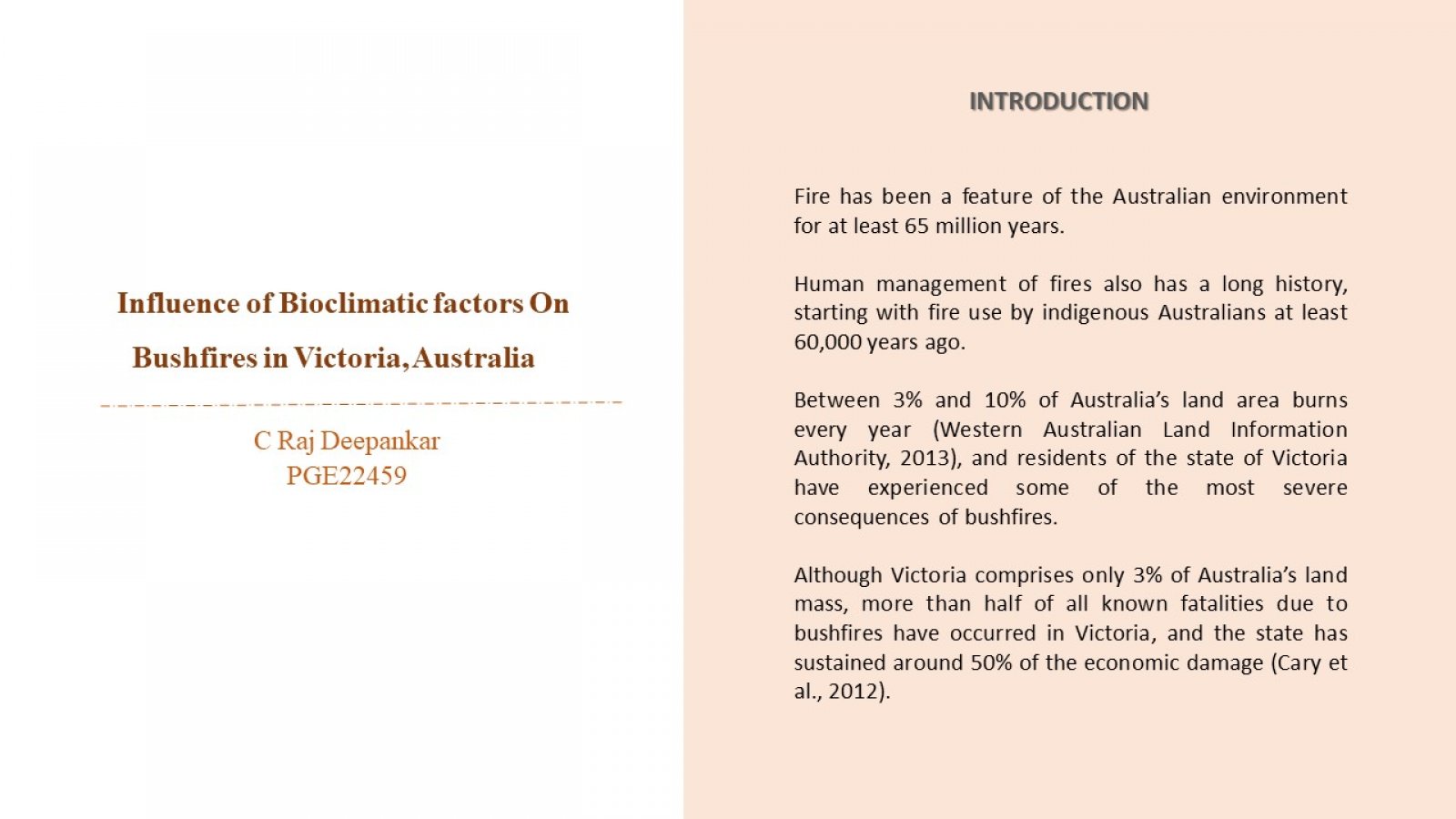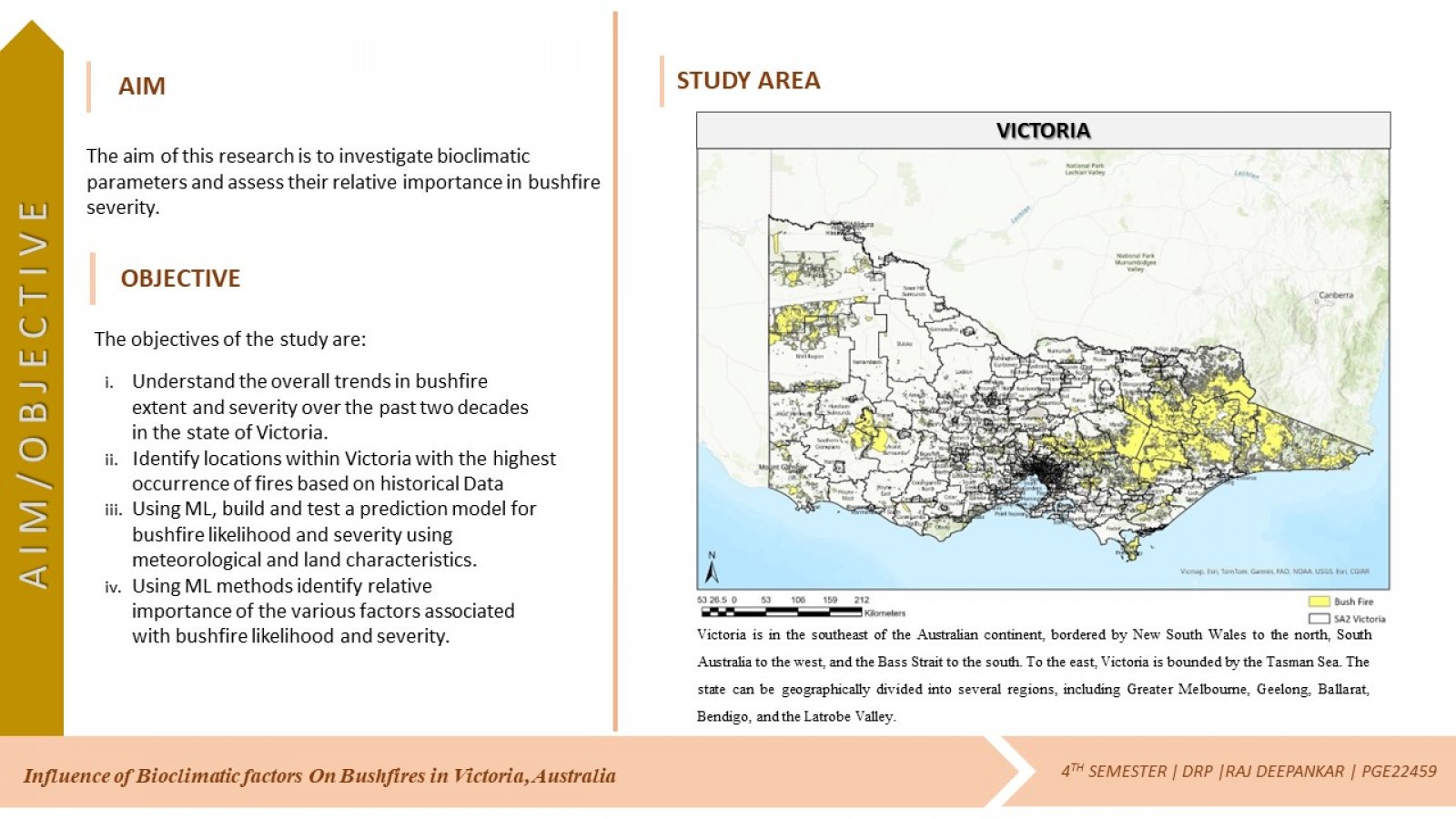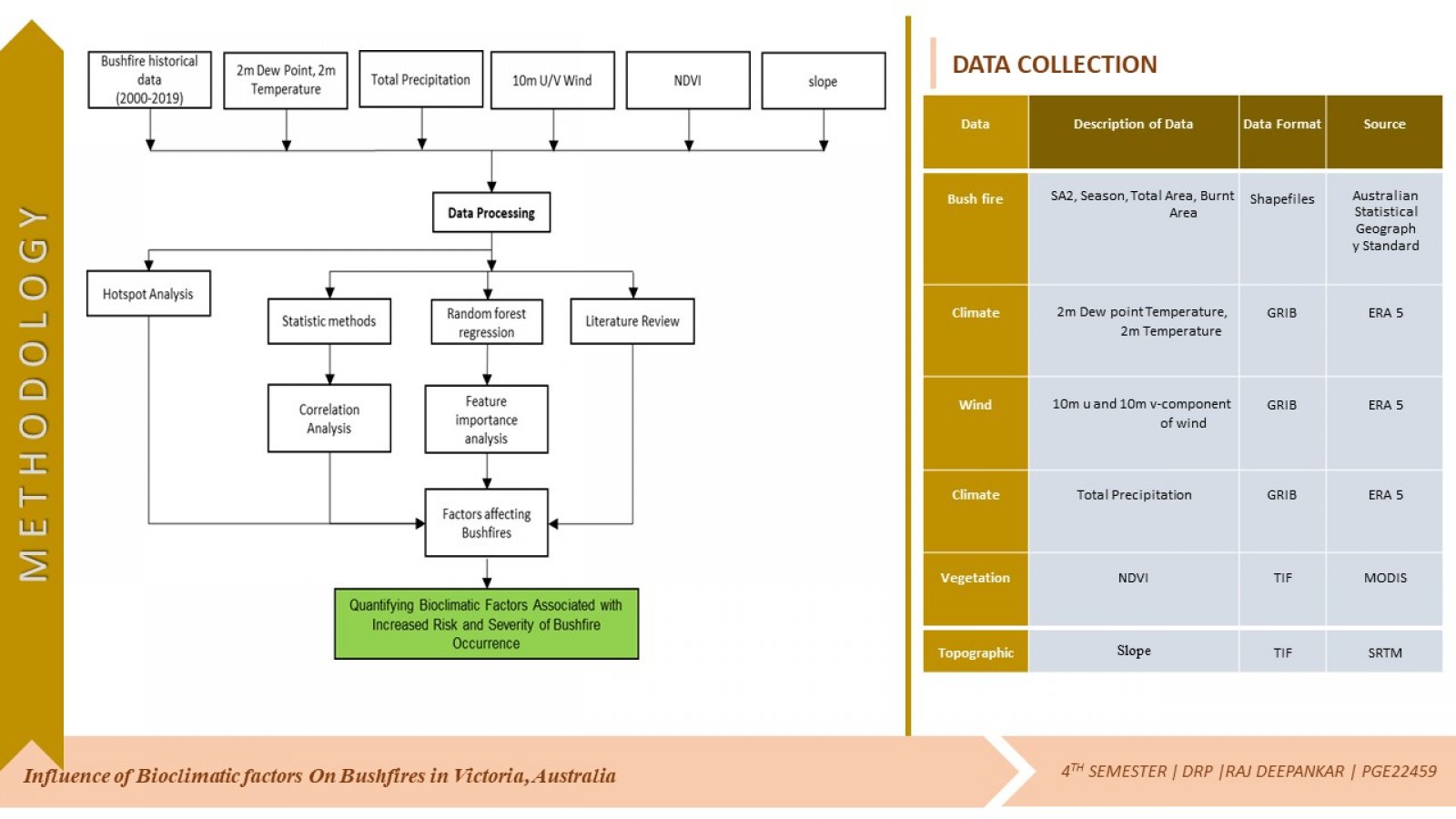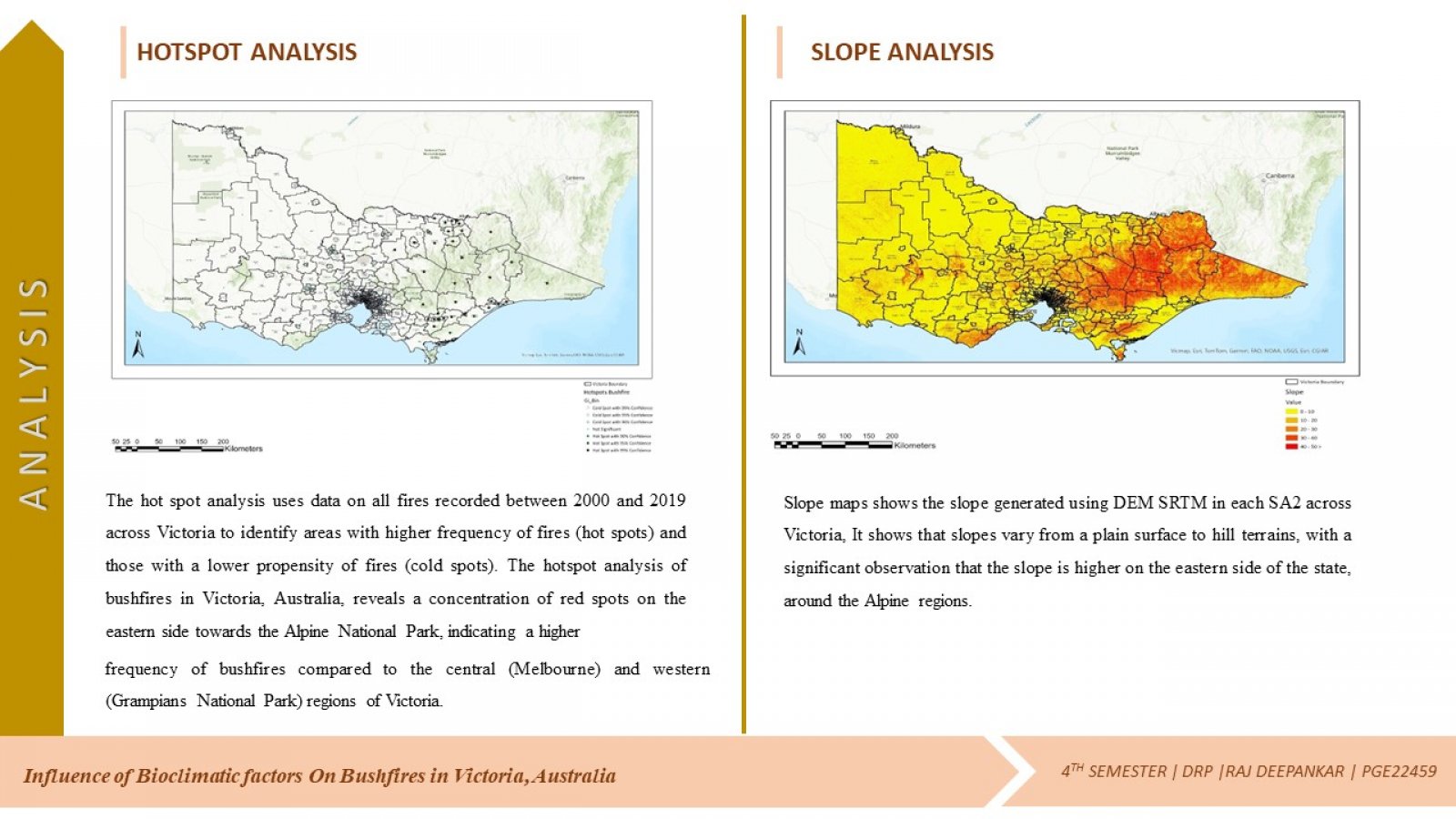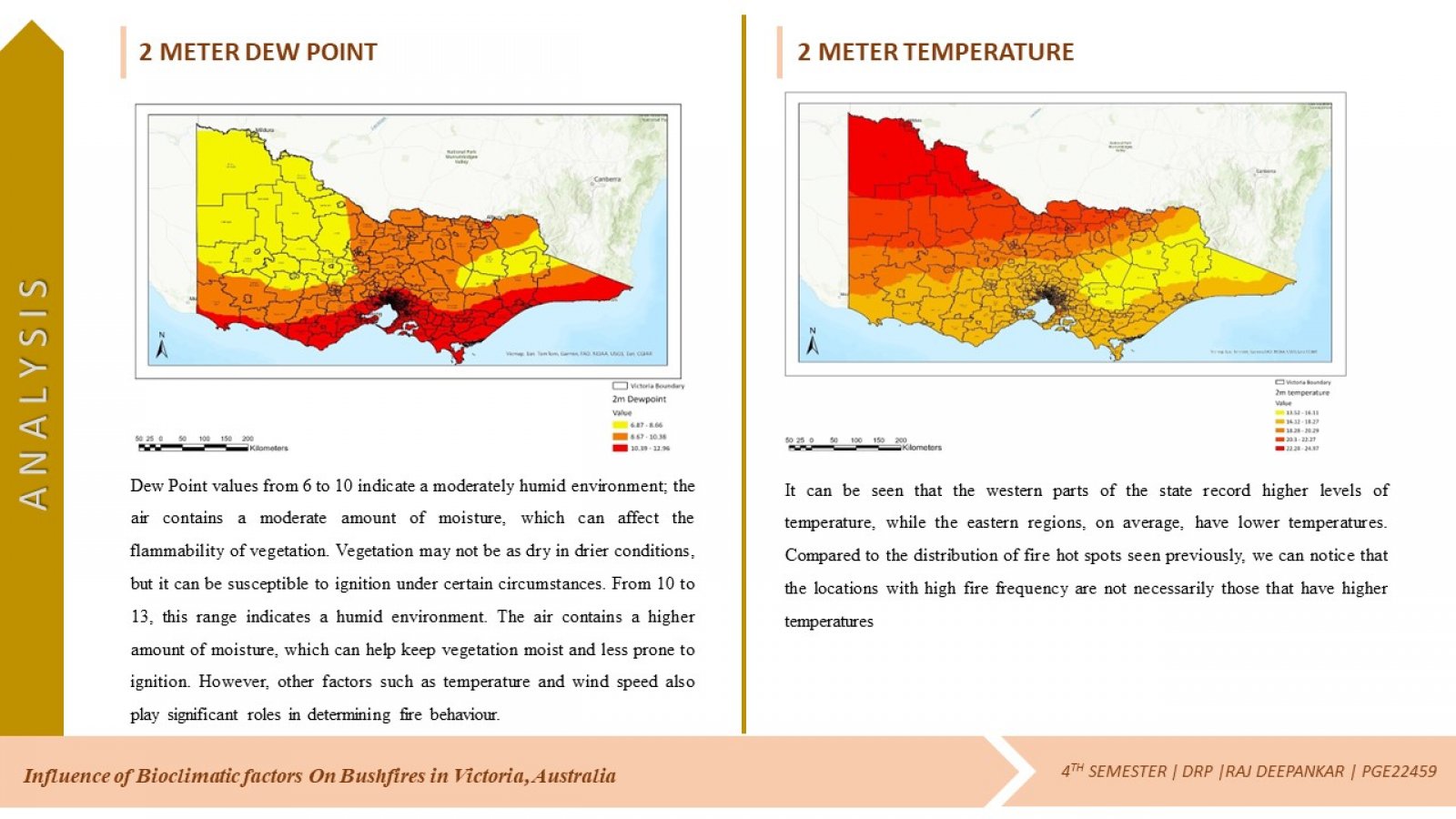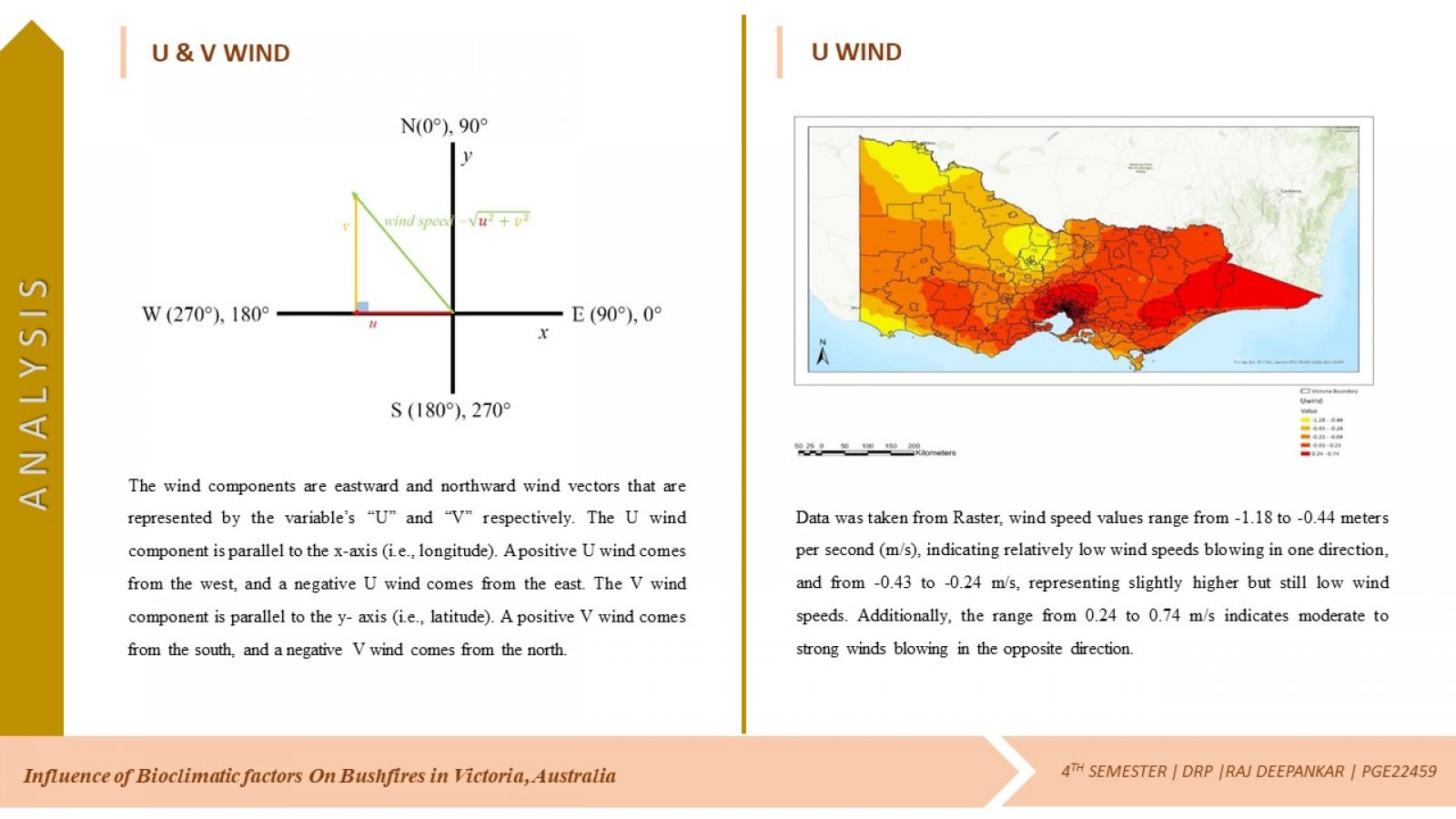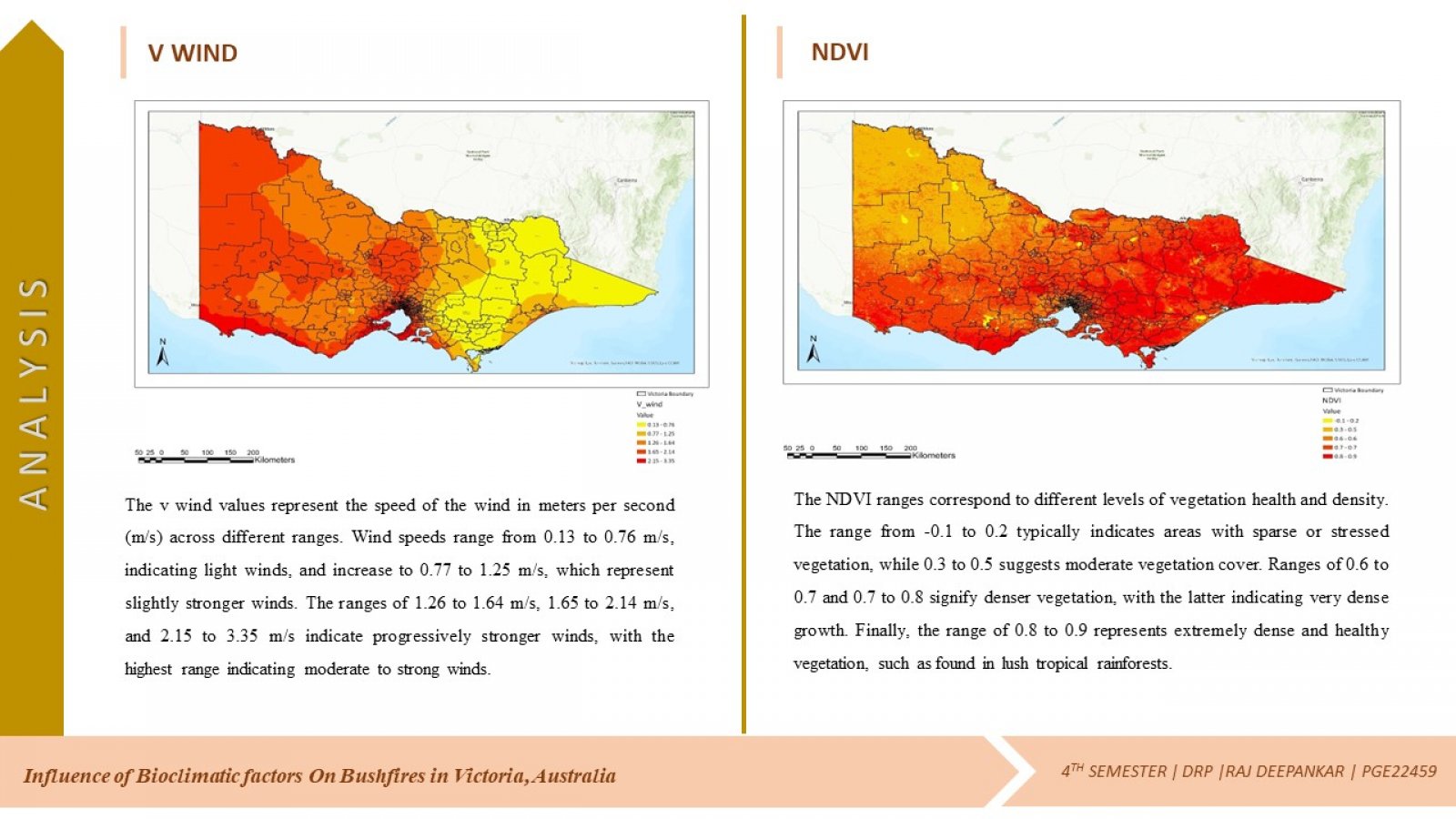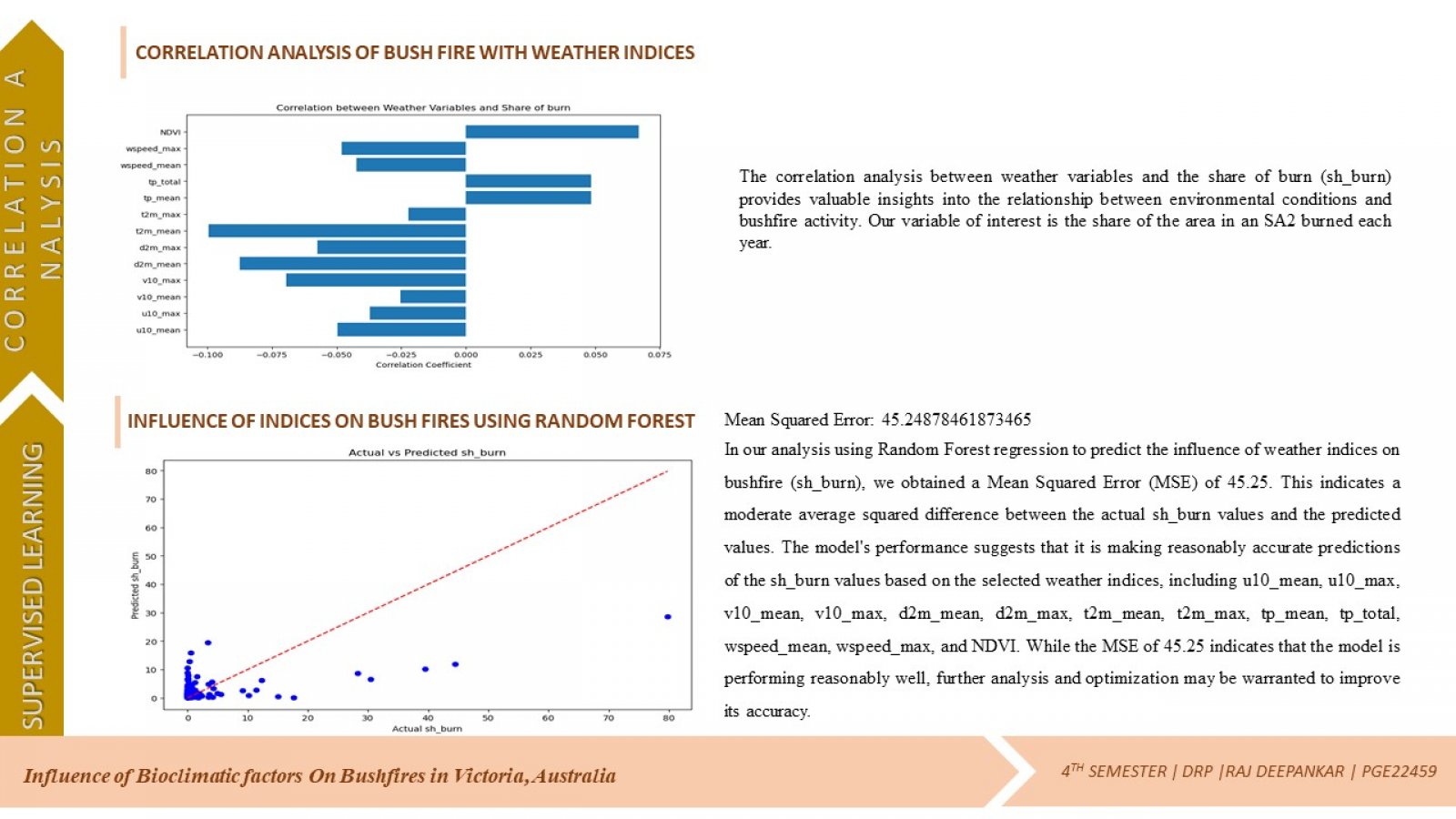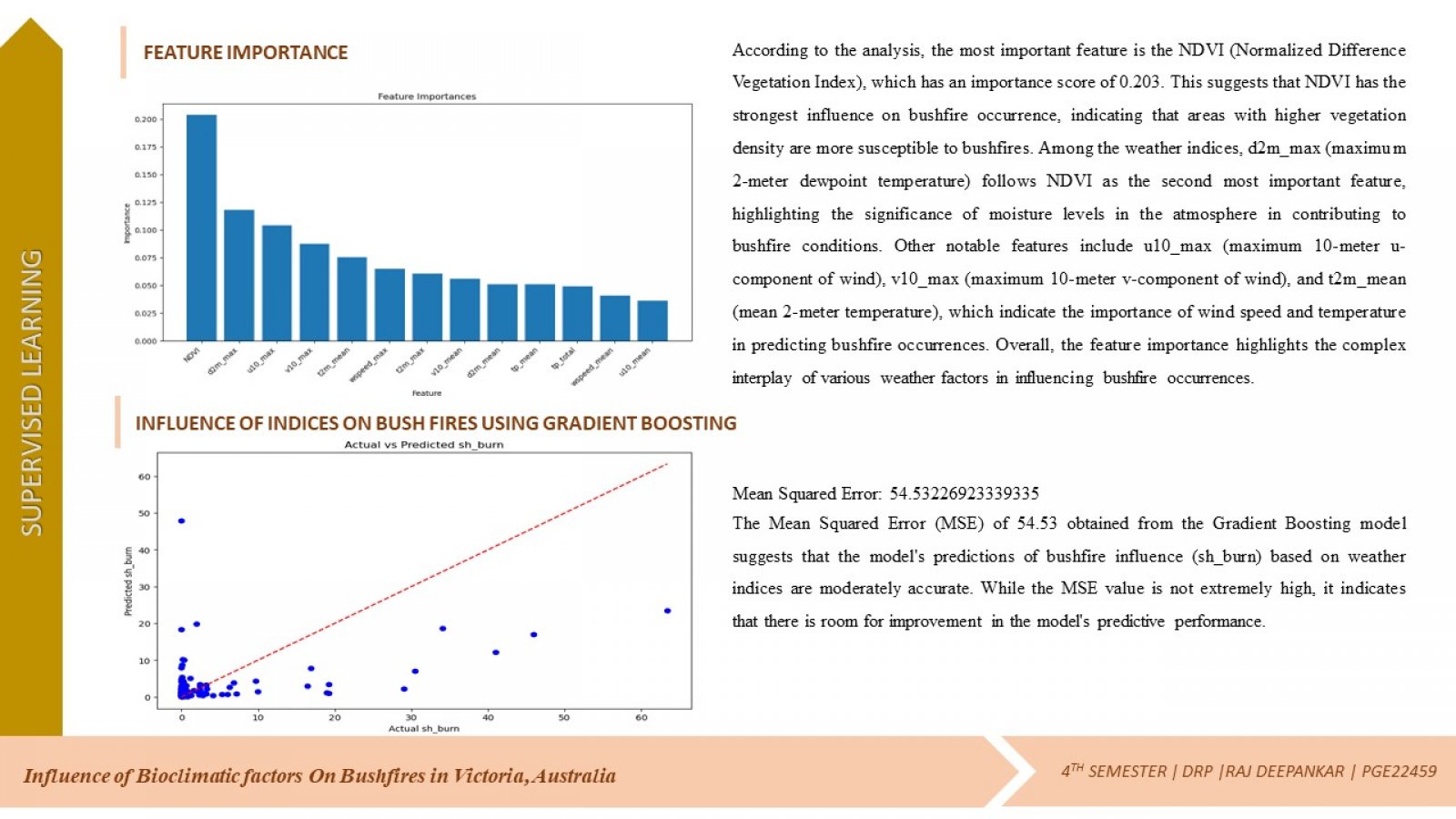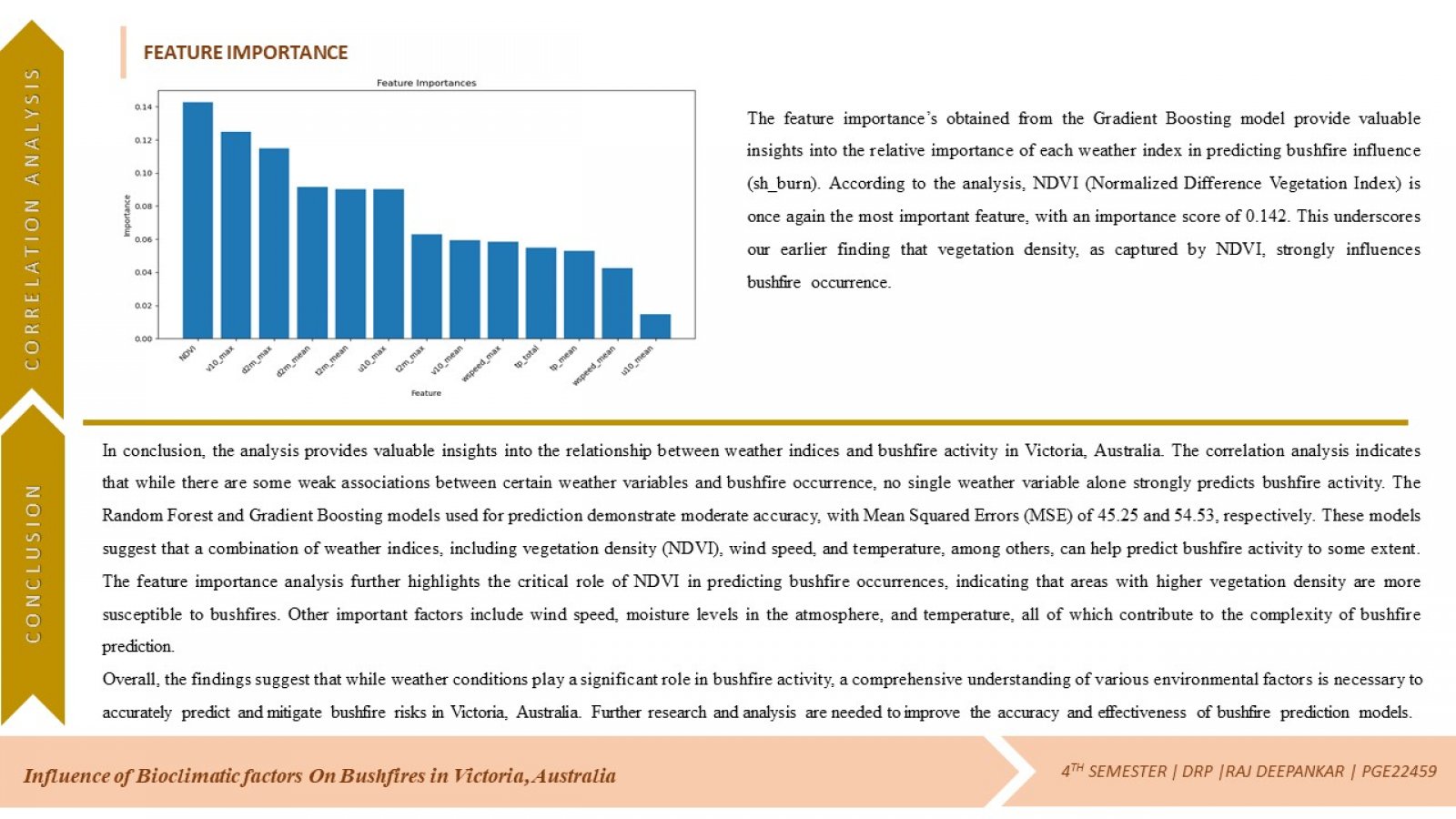Your browser is out-of-date!
For a richer surfing experience on our website, please update your browser. Update my browser now!
For a richer surfing experience on our website, please update your browser. Update my browser now!
Australia has been gradually drying out over the last 15 million years, a trend that has been accelerated by human use of fire over the past 65,000 years. As the world heats up, fire weather is becoming more frequent, leading to an increase in bushfires. In recent events, fires have ravaged Victoria, destroying dozens of homes, while Western Australia faces a heatwave and the looming threat of fires. For a fire to ignite, it requires three elements: fuel, an oxidizing agent, and heat. In bushfires, the fuel is plant material, the oxidizing agent is oxygen from the atmosphere, and the heat can come from lightning or human activities such as discarded cigarettes or sparks from machinery. Australia's forests and bushlands, primarily located on the east coast, are susceptible to the hot and dry air from the deserts, especially during the summer. This dry air can absorb a significant amount of water from plant material, making it highly flammable. Additionally, wind plays a crucial role in the spread of bushfires. Hot days in Australia are often accompanied by strong winds, which not only intensify the fire but also help it spread by providing fresh oxygen and drying out fuel ahead of the fire front. Without wind, fires spread much more slowly. This study aimed to explore how bushfires, meteorological variability and other natural factors have interacted over the past 19 years in Victoria, Australia and how these influencing factors synergistically drive bushfires. The study uses Victoria wildfire data from 2000–2019, combined with meteorological factors (temperature, precipitation, wind) and topography (slope, Elevation) and Vegetation. data to analyze the relationship between bushfires and influencing factors quantitatively. Machine learning-random forest regression was then used to determine the differences in the influence of bushfire factors on the incidence and burn scale of bushfires.
